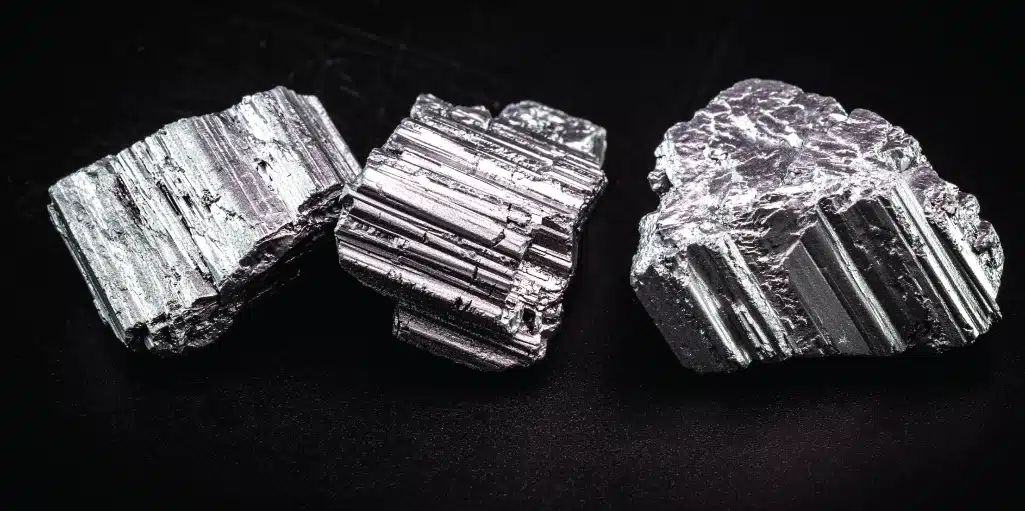The History of Neodymium Magnets, Part One
News
The Discovery of Neodymium: A Key to Modern Neodymium Magnets
Before the powerful neodymium magnets we know today could be created, the element neodymium itself had to be discovered. This milestone in scientific history came in 1885, thanks to the brilliant work of Carl Auer von Welsbach. For years, von Welsbach had been refining chemical separation techniques to explore rare earth elements, and his persistence paid off with one of the most significant discoveries in the field.
In 1885, using a method he developed called fractional crystallization, Auer von Welsbach successfully separated the alloy didymium—something that had baffled scientists before him. Over the course of 167 crystallizations, he isolated two distinct salts. One was a green salt, which he named “praseodymium,” inspired by the Greek word “prasinos,” meaning green. The second salt was pink, and he gave it a more imaginative name. Combining the Greek words “neos” (new) and “didymos” (twin), he dubbed the element “neodidymium,” which would later be shortened to neodymium—the essential element in neodymium magnets.
When Auer von Welsbach shared his groundbreaking discovery with the Vienna Academy of Sciences on June 18, 1885, the response was not as enthusiastic as he might have hoped. Many chemists were skeptical, despite his mentor, Robert Bunsen (the inventor of the Bunsen burner), recognizing the significance of the achievement. Auer von Welsbach later recalled, “Only Bunsen, to whom I first showed the discovery, recognized immediately that a splitting of didymium had actually been accomplished.” This acknowledgment from Bunsen, who had done extensive research on didymium, played a crucial role in validating von Welsbach’s work.
Without the support of visionaries like Bunsen, neodymium may have remained undiscovered, and we could still be living in a world without the technological advancements enabled by neodymium magnets. These magnets are now fundamental to a wide range of devices, from computers to electric vehicles, powering innovations that shape modern life.
If you’re interested in leveraging the power of neodymium magnets for your projects, reach out to the experts at BuyMagnets. Our team can guide you in selecting the perfect magnets for your specific applications.
Continued in The History of Neodymium Magnets, Part Two.
